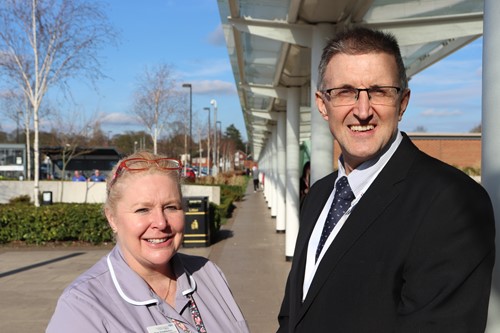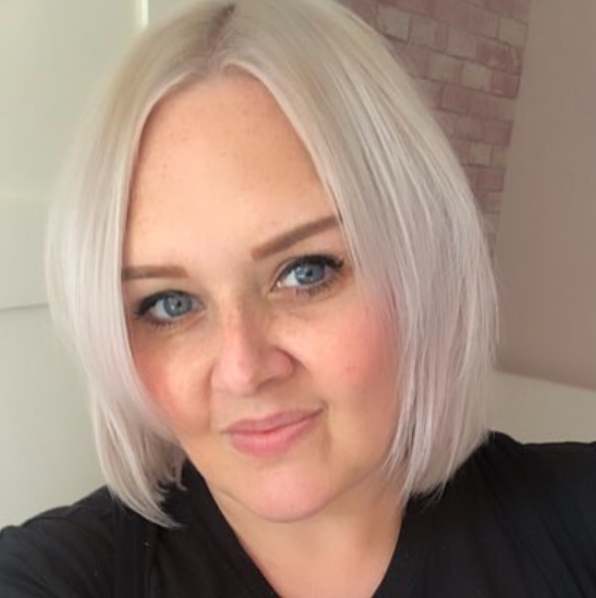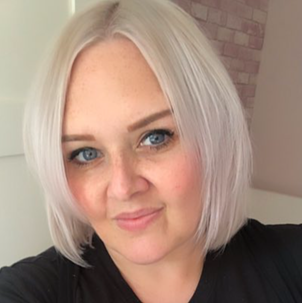UHNM team help to identify genetic link for ‘cluster headache’

UHNM’s headache team have collaborated on a clinical study which has successfully identified a genetic link for ‘cluster headaches’. The condition, sometimes nicknamed ‘suicide headache’ or ‘alarm clock headache’ due to its severity affects 1-2 per 1,000 of the UK population, with female sufferers even describing each attack as being more painful than childbirth.
Mrs Jodie Lowe, 35, from Biddulph, said: “I have suffered with cluster headaches for around eight years now but it took more than 12 months for a diagnosis from my GP. I can experience up to five attacks per day lasting up to two hours each. Prior to these I used to suffer with migraines but then it developed into cluster headaches. The pain is excruciating and I would much rather go through childbirth than have this debilitating condition.”


“It really affects my day-to-day life from taking my children to school or simply just playing with them, I have to rely on my husband and parents for help if an attack does occur. Without using oxygen or the injectable drugs to help my condition, I can become distressed and agitated with the pain, people think I am drunk or on drugs or mistake my symptoms as having a stroke. I can’t thank Dr Davies enough for the help and support he has given me, things are a lot better than they were but a lot more research is needed on the condition as currently there is no treatment that can stop the headaches.”
Dr Brendan Davies, consultant neurologist UHNM, one of several European contributors to the study published in the journal The Annals of Neurology was encouraged that the research has identified potential candidate genes which may help to explain why some people develop cluster headaches.
Dr Davies said: “Cluster headache is a rare but excruciating headache disorder which affects young men and women. It affects men more than women in contrast to migraine, and it can occur at any age even in children but typically starts between ages of 20 to 40 years. The symptoms include severe pain with often a red eye with involuntary tearing of the eye, a runny or blocked nostril and a droopy eyelid. This means that people and GPs can often mistake cluster headache for a sinus problem, or allergic reactions. The pain involved is agonising and is probably one of the most painful conditions known to humans. As part of our Specialist headache services here at UHNM we have been part of UK trials in this disorder and have a specific cluster headache rapid access clinic run by our headache nurse specialist to help manage this dreadful headache disorder.
“I would like to express my gratitude to all the patients with cluster headache in Staffordshire and beyond who have helped with their participation in this important preliminary genetic research as we try to unravel the important but often asked question as to why certain individuals experience this uncommon but massively impactful condition.
“It is incredibly important to research new potentially effective treatments for cluster headache and what potential factors determine who is likely to develop the condition.”